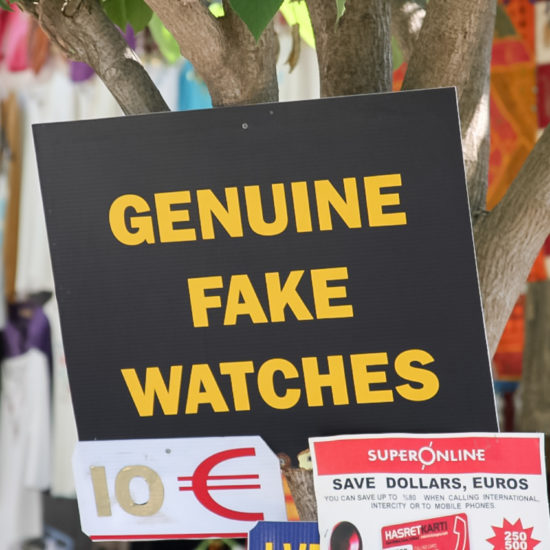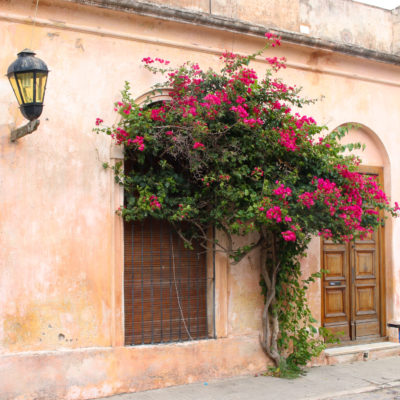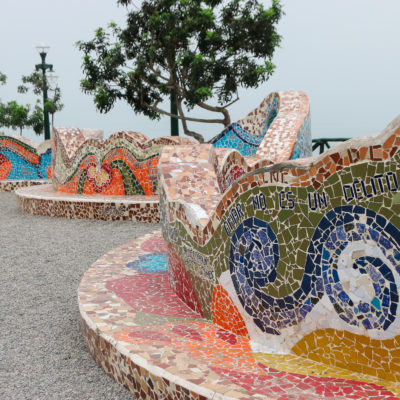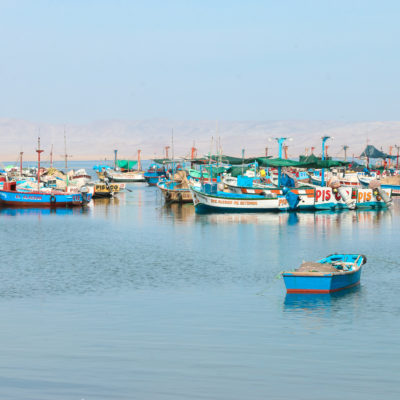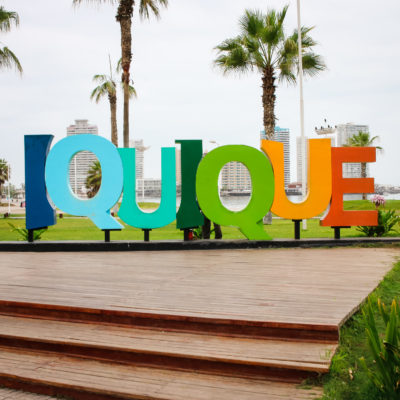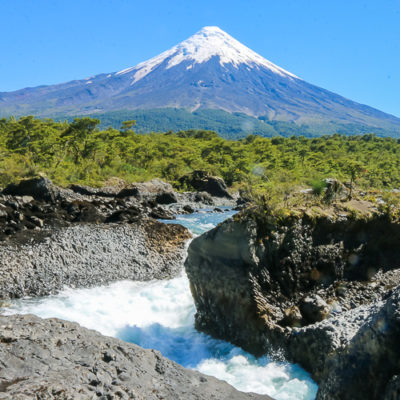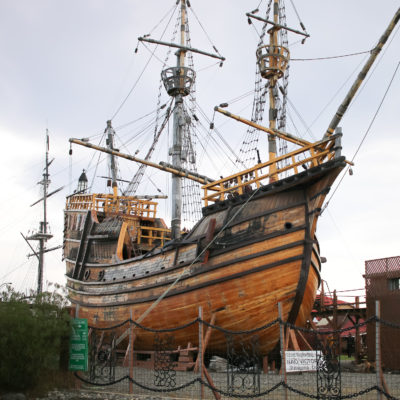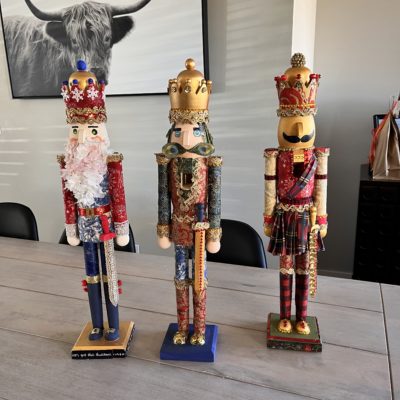Ephesus was a surprise. It is one of the largest open-air archaeological museums in the world- Ancient and is the largest collection of Roman ruins. We didn’t hire a guide and we regretted it. There were so many ruins and the map didn’t really give any details of this massive site.
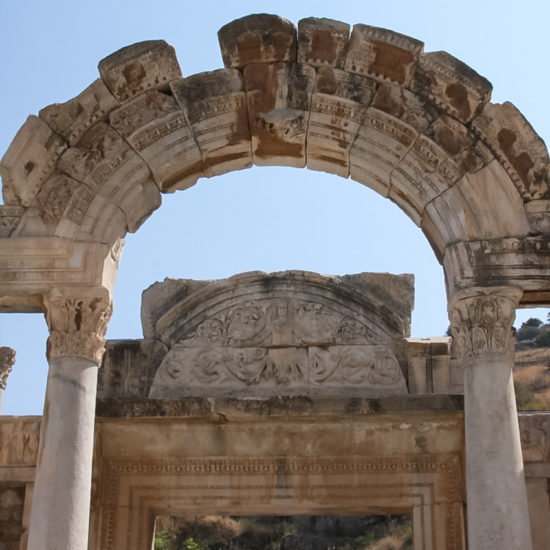
Ephesus was known in antiquity for its sacred shrines, the most famous being the temple of Artemis (only fragments remain), one of the Seven Wonders of the Ancient World. I loved being able to walk freely among the Hellenistic, Roman and Early Christian ruins scattered throughout the site.
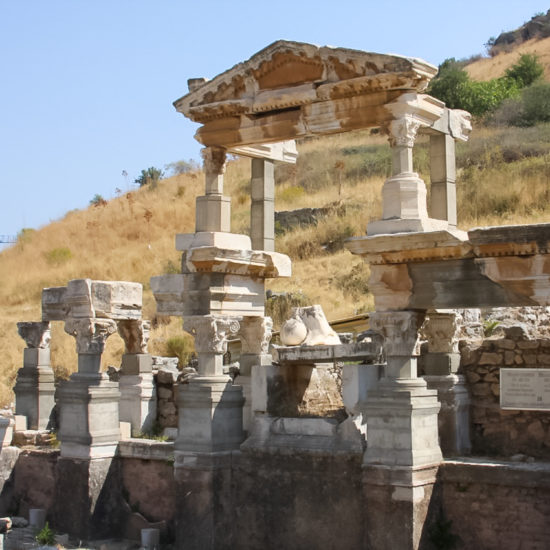
One of the most impressive ruins was the Library of Celsus. It was riginally built in 117 AD, the facade has been carefully reconstructed from all original pieces.
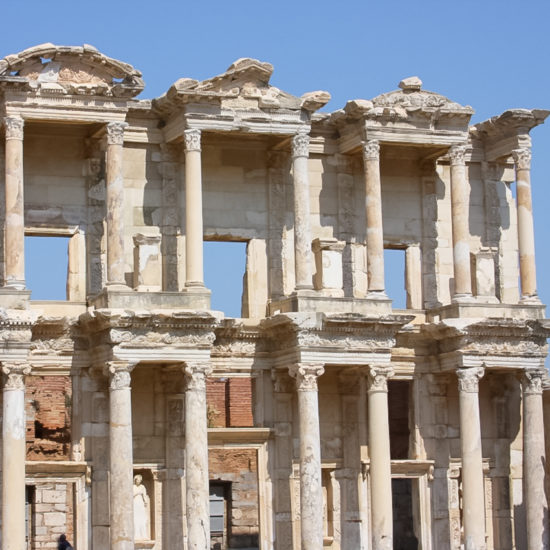
Ephesus came under Roman control in 129 BC, and continued to prosper under Emperor Augustus as capital of the Roman province of Asia. But it was not only a significant city for the Greeks and Romans, Ephesus was also an important centre of early Christianity.
After Ephesus, we visited the house where the Virgin Mary, the mother of Jesus, was taken to after the sacrifice of Christ by Saint John and lived there for the remainder of her earthly life. Although the Catholic Church has not acknowledged its authenticity, the site is revered by Christians and receives a steady flow of pilgrimage each year.
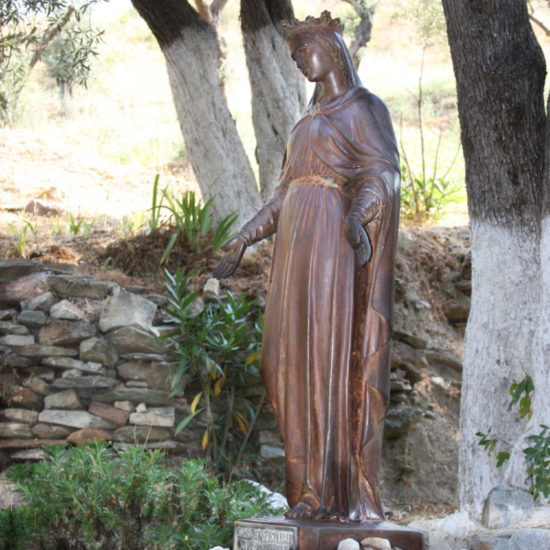
It’s a very humble serene place and has a small brick home and natural spring water, and a wishing wall where people tied their prayers or wishes.
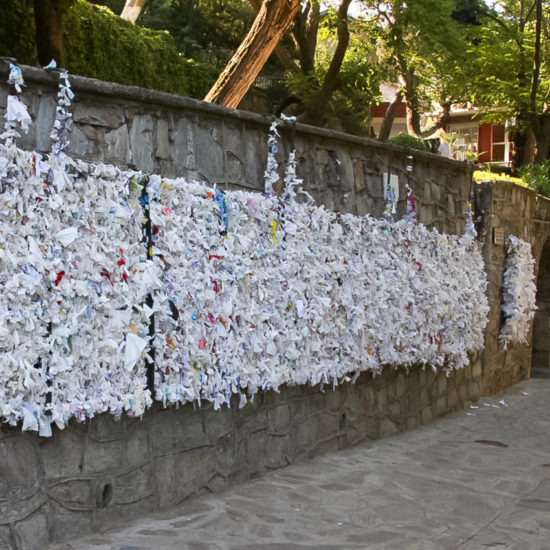
There are lots of souvenir shops on the walk out of Ephesus – I loved this sign.
